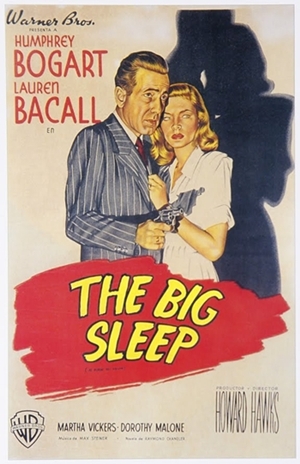 Tonight (Wednesday, June 13) at 8 p.m., the Film Noir Foundation’s Alan K. Rode will host a screening of “The Big Sleep” (1946, Howard Hawks) at the Los Angeles Theatre in downtown Los Angeles. Hawks’ adaptation of Raymond Chandler’s labyrinthine mystery stars Humphrey Bogart as private eye Philip Marlowe and Lauren Bacall as a rich girl who may be helping or hindering him.
Tonight (Wednesday, June 13) at 8 p.m., the Film Noir Foundation’s Alan K. Rode will host a screening of “The Big Sleep” (1946, Howard Hawks) at the Los Angeles Theatre in downtown Los Angeles. Hawks’ adaptation of Raymond Chandler’s labyrinthine mystery stars Humphrey Bogart as private eye Philip Marlowe and Lauren Bacall as a rich girl who may be helping or hindering him.
The event is sold out, but there will be rush tickets available on a first-come first-serve basis at the box office. For more info on the screening, visit the Los Angeles Conservancy.
Additionally, the Pacific Film Archive, in Berkeley, Calif., is hosting One-Two Punch: Pulp Writers, a film series that explores movie adaptations of three divergent authors: Dorothy B. Hughes, Mickey Spillane and Elmore Leonard. The series comprises classic films noirs such as Nicholas Ray’s “In a Lonely Place” (1950) and George A. White’s “My Gun is Quick” (1957), as well as thrillers like Roy Rowland’s “The Girl Hunters” (1963), starring Spillane as Mike Hammer.
For full details about the series, running June 23-30, visit the Pacific Film Archive.
And on Thursday, the Los Angeles Film Festival begins downtown.





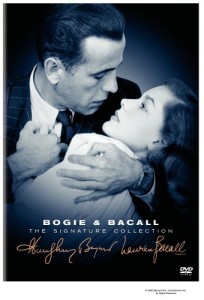
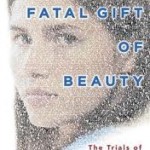
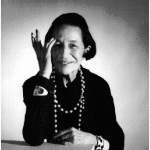
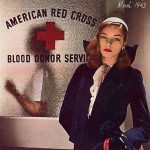
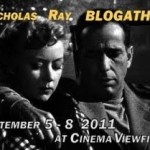
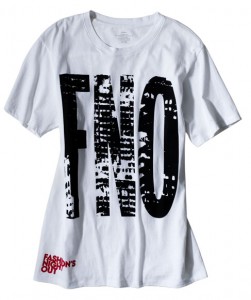

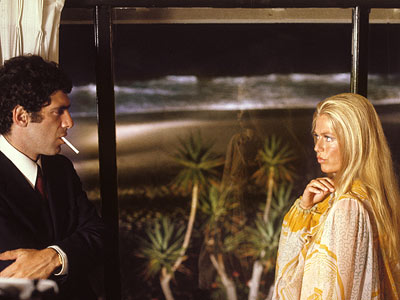

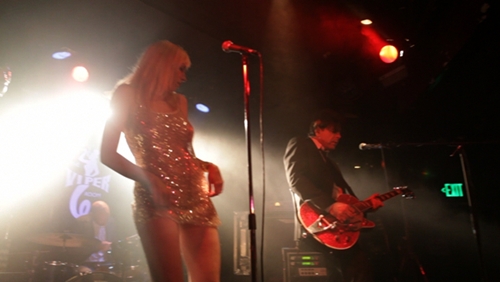
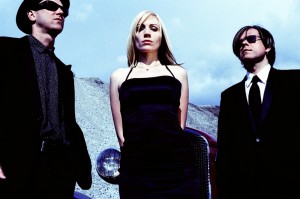
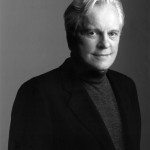
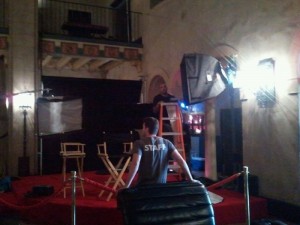
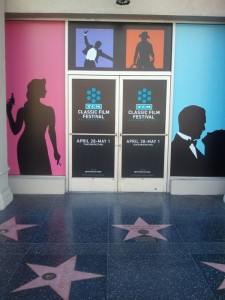





From FNB readers